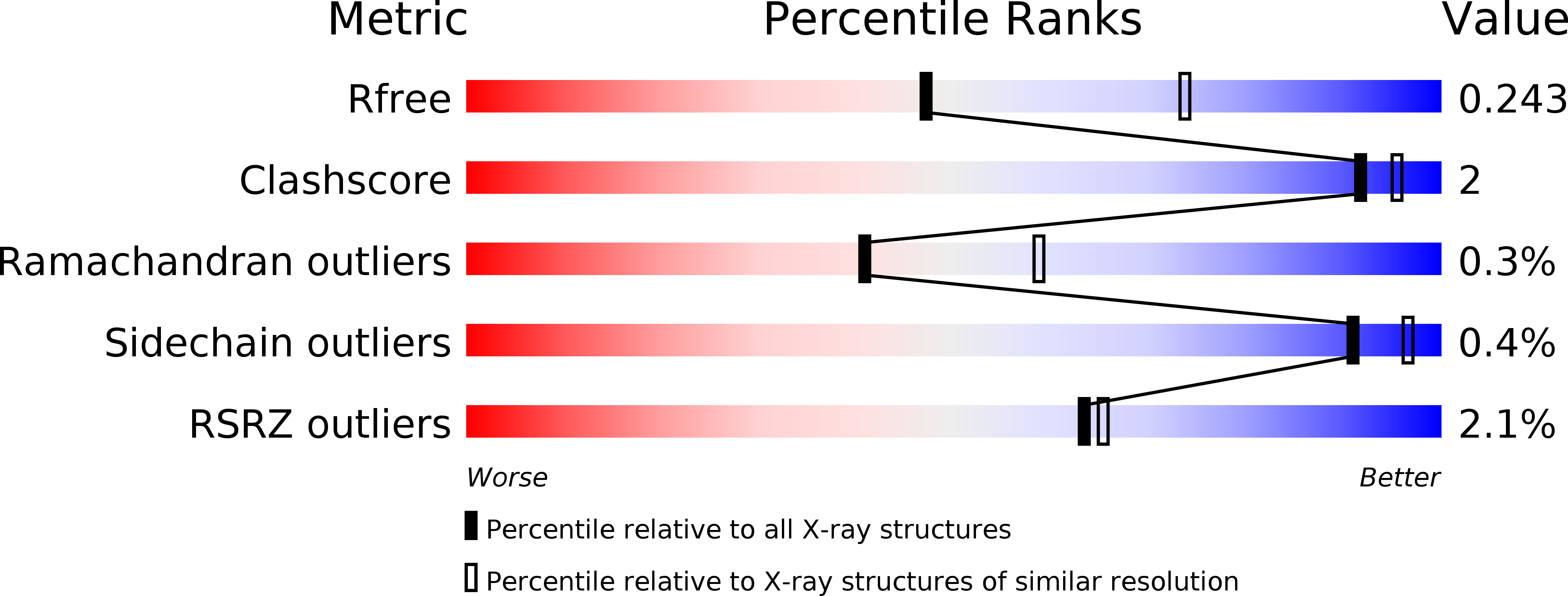
Deposition Date
2015-02-20
Release Date
2015-08-05
Last Version Date
2023-09-27
Entry Detail
PDB ID:
4YD2
Keywords:
Title:
Nicked complex of human DNA Polymerase Mu with 2-nt gapped DNA substrate
Biological Source:
Source Organism:
Homo sapiens (Taxon ID: 9606)
Host Organism:
Method Details:
Experimental Method:
Resolution:
2.47 Å
R-Value Free:
0.24
R-Value Work:
0.21
R-Value Observed:
0.21
Space Group:
P 21 21 21


